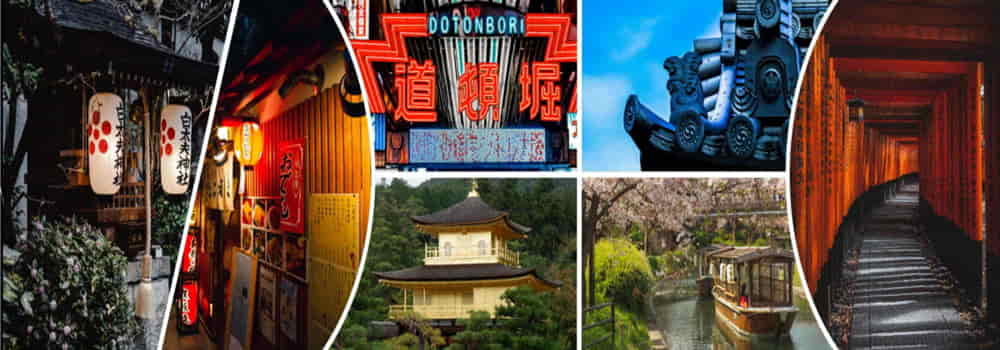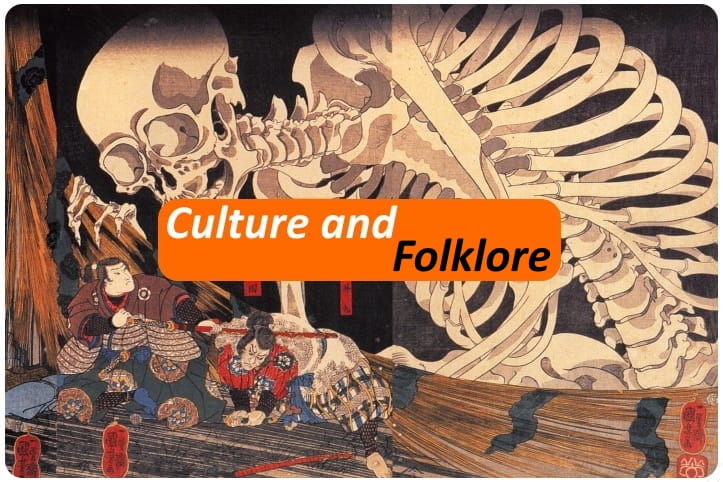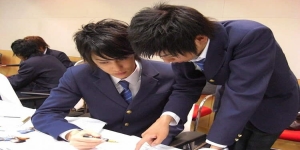Kinkaku-ji 金閣寺 The Temple of the Gold Pavilion
 Among Japan's best known and most famous monuments, anyone who sees it can tell you that is in the land of the rising sun. Let's see what it is, a bit of history, curiosity about the attraction that many tourists have see, even too many at times. How to get there and how many other useful information to plan your visit.
Among Japan's best known and most famous monuments, anyone who sees it can tell you that is in the land of the rising sun. Let's see what it is, a bit of history, curiosity about the attraction that many tourists have see, even too many at times. How to get there and how many other useful information to plan your visit.
Located in the city of Kyōto-shi it is one of the most famous buildings in the world, the official name of the complex is: 「Rokuon-ji」 the structure is surrounded by a pond called: Kyōko-chi where there are small islands and stones that represent the history of creation according to bukkyō.
HISTORY:
Kinkaku-ji (金 閣 寺) was built in 1397 as a residence for Ashikaga Yoshimitsu, the third Shōgun of the Ashikaga-uji, those who ruled over Japan during the Ashikaga-bakufu era (1336-1573). In his death in 1408 his son Ashikaga Yoshimochi converted his father's residence into Kinkaku-ji (Golden Pavilion Temple) which became a Zen temple and a Rinzai-shū seat (one of the three schools of Buddhism, the other two being Sōtō-shū and the Ōbaku-shū).
During the Ōnin-no-ran (1467-1477), a period of civil war that erupted in Japan during the Muromachi period, there was a civil war involving several Hosokawa-shi, Yamana-shi and Ashikaga-uji clans, in because of this, unfortunately the temple was set on fire twice.
At dawn on July 2, 1950, the Kinkaku-ji was once again caught in the flames, a 22-year-old novice monk was set on fire by Hayashi Yoken, who immediately attempted suicide and failed. For this reckless act the young monk was sentenced to seven years in prison but soon came out thanks to a diagnosis of mental illness, he died of tuberculosis in 1956.The current building is the result of the reconstruction of 1955 (following the damage suffered by the fire) and was renovated in 1987, while the roof was rebuilt in 2003.
HOW TO GET THERE :
The Kinkaku-ji is located in the beautiful city of Kyoto which offers many historical and cultural attractions. To get to the temple there are several ways but you still have to take public transport because it is not possible to walk there from the station for example.
Leaving Kyoto station it is possible to take either the bus number 101 or the number 205, the ride takes about 40 minutes and the cost is 230 yen per ride. It is possible to shorten the distances by taking the subway, the Karasuma Subway Line to the Kitaoji stop (15 minutes, 260 yen) and taking a taxi (10 minutes, 1000-1200 yen) or a bus (10 minutes, 230 yen) the numbers 101, 102, 204 or 205.
The opening hours of the temple are from 9:00 to 17:00 admission ticket cost 400 yen full and 300 yen reduced for elementary and middle school.
STRUCTURE:

Kinkaku-ji incorporates three different styles of architecture: Shinden-zukuri, Samurai and Zen. Each floor has details that are inspired by these architectural styles.
The first floor, called Hō-sui-in is made in Shinden-zukuri style, very suggestive it helps to emphasize the surrounding landscape, the walls and windows have also influenced the views from the inside.
The second floor, called Chō-on-dō, is built in the style of aristocratic warriors, there are sliding wooden doors and lattice windows, on the floor there is the Buddahōru the room where there are relics of the Buddha.
On the third floor there is Kukkyō-chō the dome of the building on which topped a Fènghuáng (legendary bird of Chinese mythology).The park that surrounds the structure is called Kaiyū-shiki-teien the whole pavilion is covered with pure gold leaves for this the building takes the name of the Golden Pavilion, also in the beautiful city of Kyōto-shi there is also the Ginkaku-ji (the Temple of the Silver Pavilion) official name of the complex is: 「Jishō-ji」
Anyone who goes to Kyoto certainly cannot miss a visit to this incredible temple, a bit far from the center of Kyoto and other attractions, but planning a half day just for him will certainly not be a waste of time.
Thanks to Paolo Napolitano for collaborating with us in creating this article, thanks to him we can know something more about this beautiful Japanese temple.

 English (United Kingdom)
English (United Kingdom)  Italiano (it-IT)
Italiano (it-IT) 






![[Review] Princess Toyotomiプリンセス トヨトミ](https://www.fukainihon.org//cache/mod_jt_contentslider/fdfb524f85518b9476158c79c8ea022f_328.jpg)


